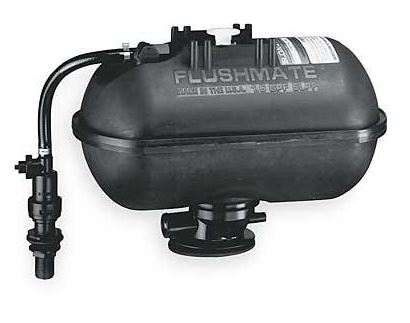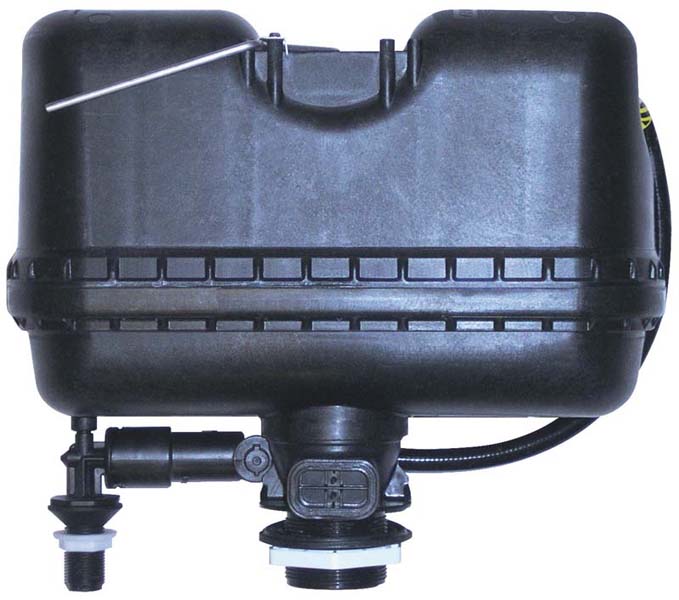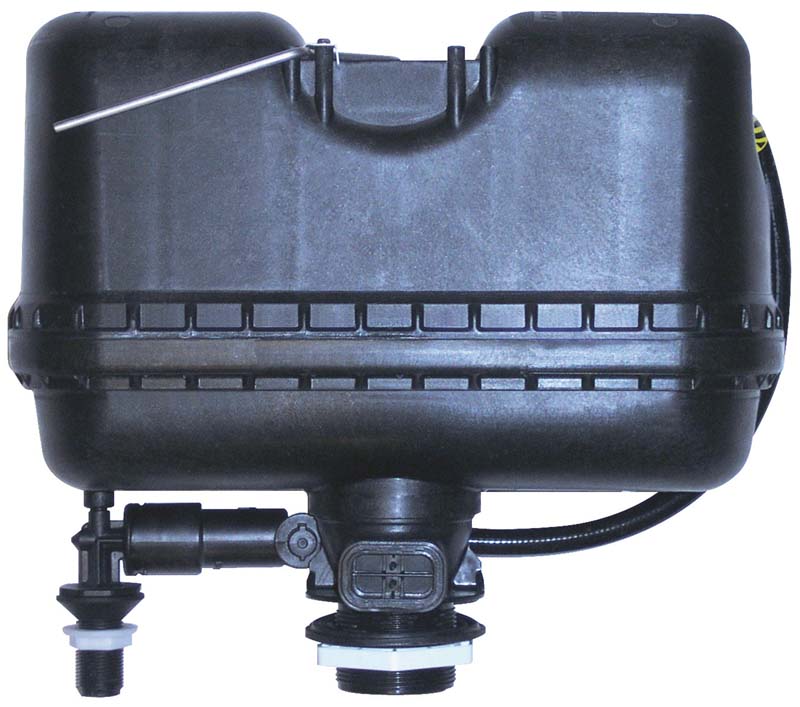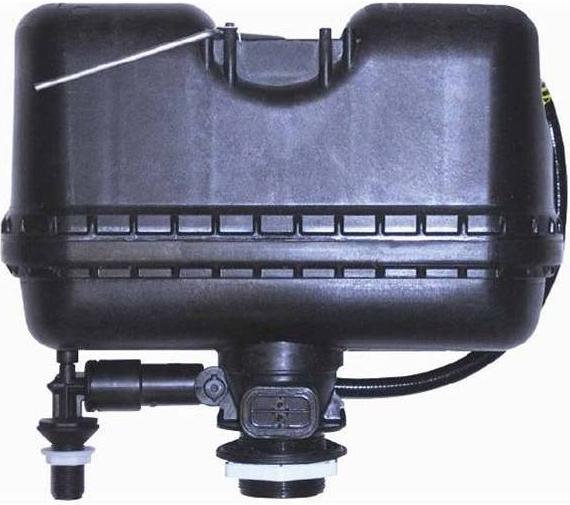I just saw this system last week!
is it still doing well for you? I'd like to get one of those things!
I'm a little bit wary of pressurized, plastic tanks. The flushometers used in commercial toilets provide the pressure elsewhere and are sent through metal pipes. So if the pressure vessel goes, it won't be with me sitting near it. But Flushmate and similar toilets (which are used in home and commercial settings where they don't want to provide separate high pressure) have all that right next to the user.





